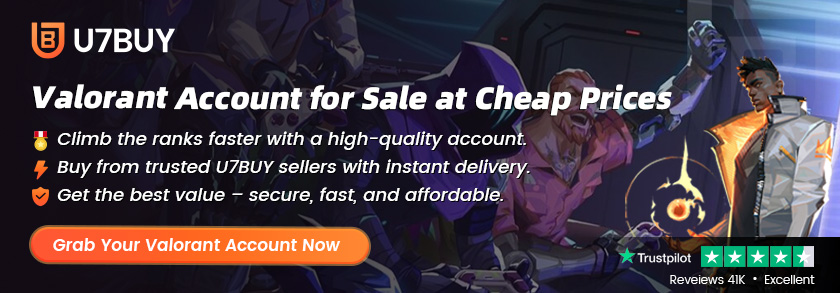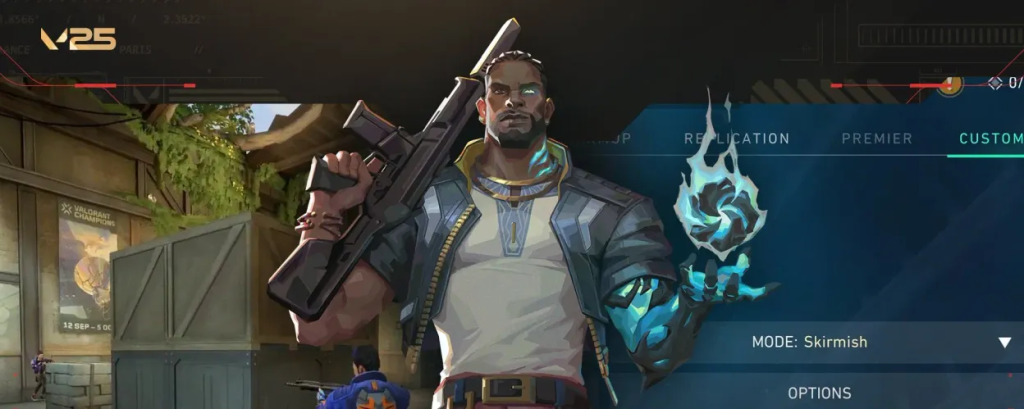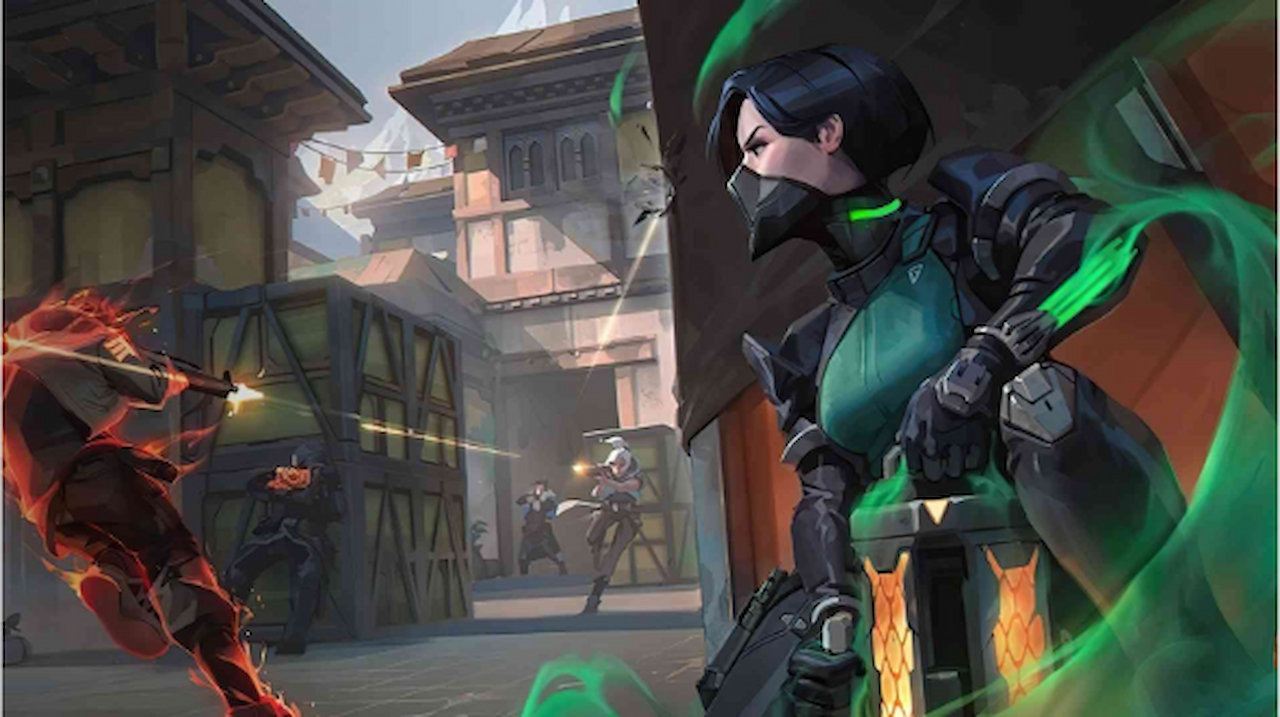- Valorant Agent 29: Who is Veto?
- Valorant Veto Release Date
- Veto Valorant Abilities Explained
- Pro Tips to Master Veto
- Best Maps for Veto in Valorant
- How Veto Changes the Meta
- Why Veto is Different
Riot Games keeps rewriting the tactical shooter meta, and the arrival of Valorant Agent 29 proves it. Veto, the seventh Sentinel, is a game-changer: an anti-utility specialist who shatters traps, blocks enemy setups, and flips momentum in his favor. For years, VALORANT agents have leaned on oppressive crowd-control and site denial tactics, but Veto turns those tricks into wasted investments. His toolkit rewards precision, timing, and foresight. In the right hands, Valorant Veto is not just a defender—he is a punisher who pushes back against today’s utility-heavy executions.

Valorant Agent 29: Who is Veto?
Riot’s storytelling gives every new Valorant agent a cultural and strategic identity. Players often speculate about lore before they even see abilities. Veto enters as Valorant’s first mutant-augmented Sentinel. His background suggests experiments linked to Radianite technology, with hybrid traits granting both resilience and predatory instincts.
- Role: Sentinel
- Identity: Anti-Utility Control Specialist
- Playstyle: Reactive, Trap-Oriented, Juggernaut Potential
Speculation around Veto Valorant nationality points to Eastern European origins, hinted by in-game voice lines and design choices. Riot has not officially confirmed his background, but early leaks and his visual motifs suggest an industrial, bio-engineered theme. Acquiring Valorant smurf accounts gives many players a way to refine mechanics against lower-rank opponents before climbing with Veto in ranked.
Valorant Veto Release Date
The release cycle of Valorant agents usually aligns with episodic milestones. Riot teased the arrival of this mutant Sentinel weeks before confirmation. Based on leaks and PBE schedules, the Veto Valorant agent release date is tied to Episode 10 Act 2. Internal testing indicates Riot is carefully calibrating his balance to avoid early overperformance.
Players tracking the Valorant new agent release date will notice Riot’s rhythm: every two Acts typically introduce one new Valorant agent or map. With Veto, Riot expands the roster to 29, and this balance-focused Sentinel fills gaps the competitive community has long requested.
Veto Valorant Abilities Explained
The real draw of any new Valorant agent lies in mechanics. Veto’s four abilities redefine Sentinel play, focusing less on passive stall and more on dismantling enemy setups.
Crosscut (C)

- Deploys a vortex energy orb.
- Teleports to the orb’s position when activated.
- Can be redeployed during purchase phase.
Crosscut offers rare mobility for a Sentinel. Unlike Chamber’s Rendezvous, it forces deliberate positioning rather than reactive escape. Valorant Veto players should pre-plan teleport spots before combat. This ability opens creative flanks and emergency retreats for players studying How to get Veto Valorant experience right.
Chokehold (Q)

- Throws a mutated slime fragment.
- Creates a trap zone that snares, deafens, and corrupts enemies.
- Forces vulnerability without requiring lineups.
Chokehold is a versatile lockdown tool. Place it at choke points like Bind’s Hookah or Split’s A-Main to punish early pushes. Its deafening mechanic prevents clear sound cues, synergizing with ally crowd control. This is why many already consider Chokehold one of the strongest Veto abilities Valorant has introduced to date.
Interceptor (E)

- Deploys the Phage device.
- Neutralizes active enemy utilities like Raze’s Boom Bot or Gekko’s Wingman.
- Destroyable with 20 HP.
Interceptor is the centerpiece of Valorant Veto’s identity. In the current meta, where abilities drive engagements, one button from Veto dismantles thousands of credits’ worth of investment. Its placement must be unpredictable to avoid easy destruction. Paired with defensive holds, Interceptor flips entire pushes. Strategic players often compare its power to a suppression hybrid, yet its instant wipe effect makes it unique. Competitive teams will want a Valorant boosting service to quickly adapt coordinated setups for this ability.
Evolution (X – Ultimate)
- Activates immediate mutation.
- Grants regeneration, debuff immunity, and enhanced combat stats.
- Requires 7 ultimate orbs.
Evolution transforms Valorant Veto into an apex fighter. He shrugs off flashes, concussions, and slows while regenerating through fights. Unlike most Sentinels who guard angles, Evolution makes Veto the tip of the spear. He thrives in site retakes, post-plants, and clutch duels. Aggression meets resilience here, redefining the Sentinel archetype entirely.
Pro Tips to Master Veto

Every Valorant agent rewards mastery through habits. Here are strategies for excelling with Veto’s toolkit:
- Crosscut: Deploy before combat; never mid-duel. Plan fallback routes.
- Chokehold: Layer with ally AOE like Brimstone molly or Raze nade.
- Interceptor: Hide behind corners or smokes to mask deployment.
- Evolution: Sync with team flashes or Breach utility for fearless entries.
Best Maps for Veto in Valorant

Some maps amplify a Valorant agent’s strengths. Veto’s traps, teleports, and anti-utility thrive in controlled environments.
| Map | Why Veto Excels | Recommended Setup |
| Sunset | Tight angles, teleport flanks | Crosscut mid to B rotations |
| Bind | Compact choke points | Chokehold in Hookah or Showers |
| Split | Vertical play, tight entries | Interceptor near ropes control |
| Ascent | Mid-dominant map | Crosscut for quick pivot defense |
Players awaiting the official Valorant new agent Veto release date should prepare map-specific setups in custom games to gain early dominance.
How Veto Changes the Meta
Veto is not just another Valorant new agent—he is Riot’s answer to years of utility creep. Where Killjoy and Cypher enforce passive defense, Veto punishes reliance on deployables. Where Fade or Skye dictate tempo with information, Veto interrupts chains with brute force.
The bigger question is how his debut will affect pro play. Expect teams to experiment with double-Sentinel comps, pairing Veto with Killjoy for both area denial and anti-utility coverage. His immunity ultimate also positions him as a hard counter to initiators. Riot’s balancing will decide whether he becomes a staple pick or a situational powerhouse.
For those already eyeing competition, tracking the Valorant Veto release date ensures you’re ready on launch day. Riot has confirmed his arrival will coincide with a major patch aimed at refining the balance ecosystem.
Why Veto is Different
Unlike Sentinels who lean purely on stalling, Veto introduces aggression without stepping into Duelist territory. His mutation theme merges lore with mechanics, crafting a Sentinel who feels alive, predatory, and unpredictable. Riot’s confidence in releasing such a hybrid shows how Valorant evolves beyond static archetypes.
Players waiting for the Veto Valorant agent release date should study not just his kit, but the philosophy behind his design. He is more than a wall or turret—he is disruption embodied.




